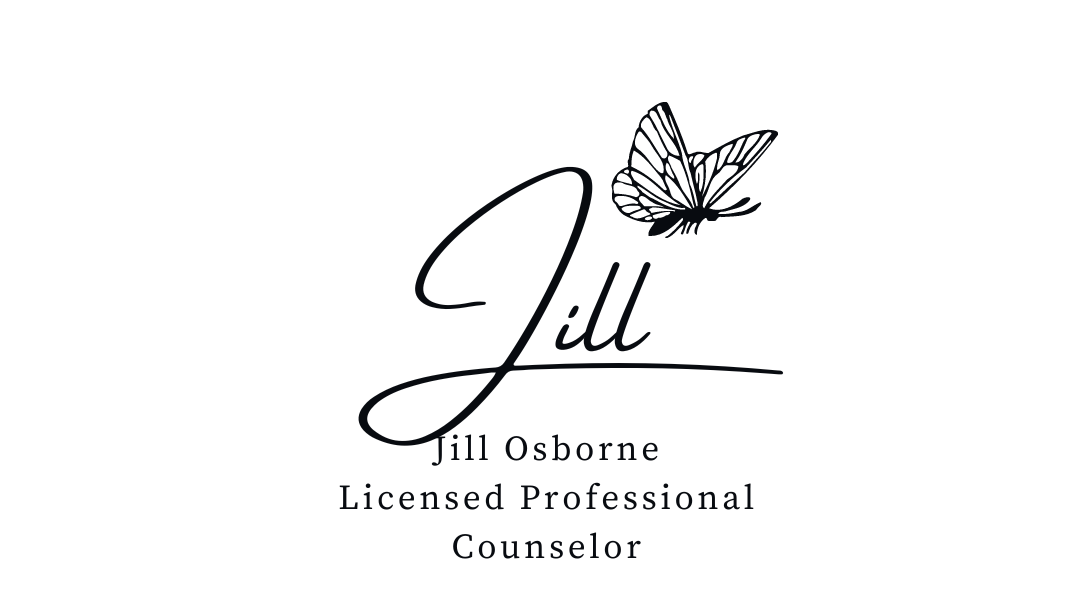When Clients are Hard; a Case for Self Compassion

Burnout prevention
Most of the time I thrive on challenging cases. Give me a traumatized child or a female fleeing a case of domestic abuse and I’m your therapist. I don’t know what it is, I do really well with long term, hard cases. The blessing here is that I’ve found a niche that I thrive in, but I have learned in my experience that I have to mix up they type of cases I work with, some worried well here, anxiety here, mixed in with supervising new counselors and play therapist.
Lately I’ve noticed I’ve had multiple challenging cases especially those that have to do with children and familieis who are in the middle of a crisis. I found myself today feeling emotional and irritated, and I was worried about a lot of things. When I start to feel this way I know these are signs that I have too many trauma cases, or complicated cases and it’s time to readjust somewhere.
Stress like this in the short term is to be expected, especially when you are in the counseling field, and can even be a motivator to get things done, but I’ve learned to be aware of it and take some steps to care for myself before it becomes a constant problem.
Stress is a normal part of every day life, and that if I take steps to manage it, and sometimes even make friends with it, I can lead a productive and fulfilling life. Stress is the “fight or flight” response in your brain that is there to help keep you safe in dangerous, or perceived danger. Our goal is not to complete be free of stress (that would be impossible) but to manage it and use it to our advantage.
Stress in small doses can be helpful, in fact according to healthguidance.org, some research appears to show that students can improve on their exams if they are experiencing stress in small doses.
It Can:
- Give energy and motivation to complete a task.
- Help to conquer a fear.
- Help have short term energy.
- Help avoid an immediate situation.
- It can help you avoid an unsafe situation.
- It can help you focus on something you have to get done.
The problem is not short term stress, stress is meant to deal with a perceived unsafe situation and then we go back to logical, rational thinking rather than survival mode. The problem is when stress occurs and builds over time.
When I was a new counselor in training I was working in the mental health field while simultaneously going through my counseling internship. I was probably working about 60 hours a week, half at my Day Treatment Job and the other half at the domestic violence shelter where I interned. During that time, and due to some circumstances at my agency that were outside my control and also trying to balance my personal struggles of dealing with overwork, I began feeling guilt about the the circumstances I was in. This turned into lack of sleep and difficulty getting a client situation out of my head.
At the time as a newer professional I didn’t know I was experiencing signs of the over stress or what to do about it. It wasn’t until a supervisor at the internship sat me down and said to me that she noticed that I was over stress, and that I should go to my own therapy during this process. I am super thankful for that. It was one of the best decisions I made to take care of myself. It helped me to overcome fear and self doubt, and to deal with the challenging circumstances I was facing at the time.
I can’t say that I’ve never had periods of feeling stressed or overworked, because I have, but the difference now is that I know what to do to take care of myself and I’m not ashamed to ask for help. I don’t know if I knew at the time what a gift it was to be told to ask for help.
I share this because overstress over time can have effects on the counselor and counseling relationship, but I believe there is hope if we know when to ask for help, or if we notice a colleague having some challenges with overstress we know how to support them.
Some of the effects on the counselor can include: depression, insomnia and withdrawal from others to start (this is not and exhaustive list) and on the counseling relationship: diminished empathy, respect or positive feelings for clients and becoming unresponsive to clients needs.
I believe she should be aware of these feelings in ourselves, but I don’t think it is something to feel ashamed or guilty about.
To quote the Compassion Fatigue Awareness Project:
“Accepting the presence of compassion fatigue in your life only serves to validate the fact that you are a deeply caring individual. Somewhere along your healing path, the truth will present itself: You don’t have to make a choice. It is possible to practice healthy, ongoing self-care while successfully continuing to care for others.”
Compassion Fatigue Awareness Project ©(2017)
So what do you do to combat overstress in our field?
- Self monitoring, and develop self-awareness
- Obtaining supervision and consultation
- Intervention and support of colleagues
- Training staff on effects of burnout/secondary trauma
- Have debriefings for coworkers/staff if dealing with particularly difficult cases
You are not alone. There is a profession full of caring and supportive people that are here for you.
If you are looking for supervision and/or consultation or even therapy for support during your own journey, reach out.
So what do you do when you’re overstressed?




